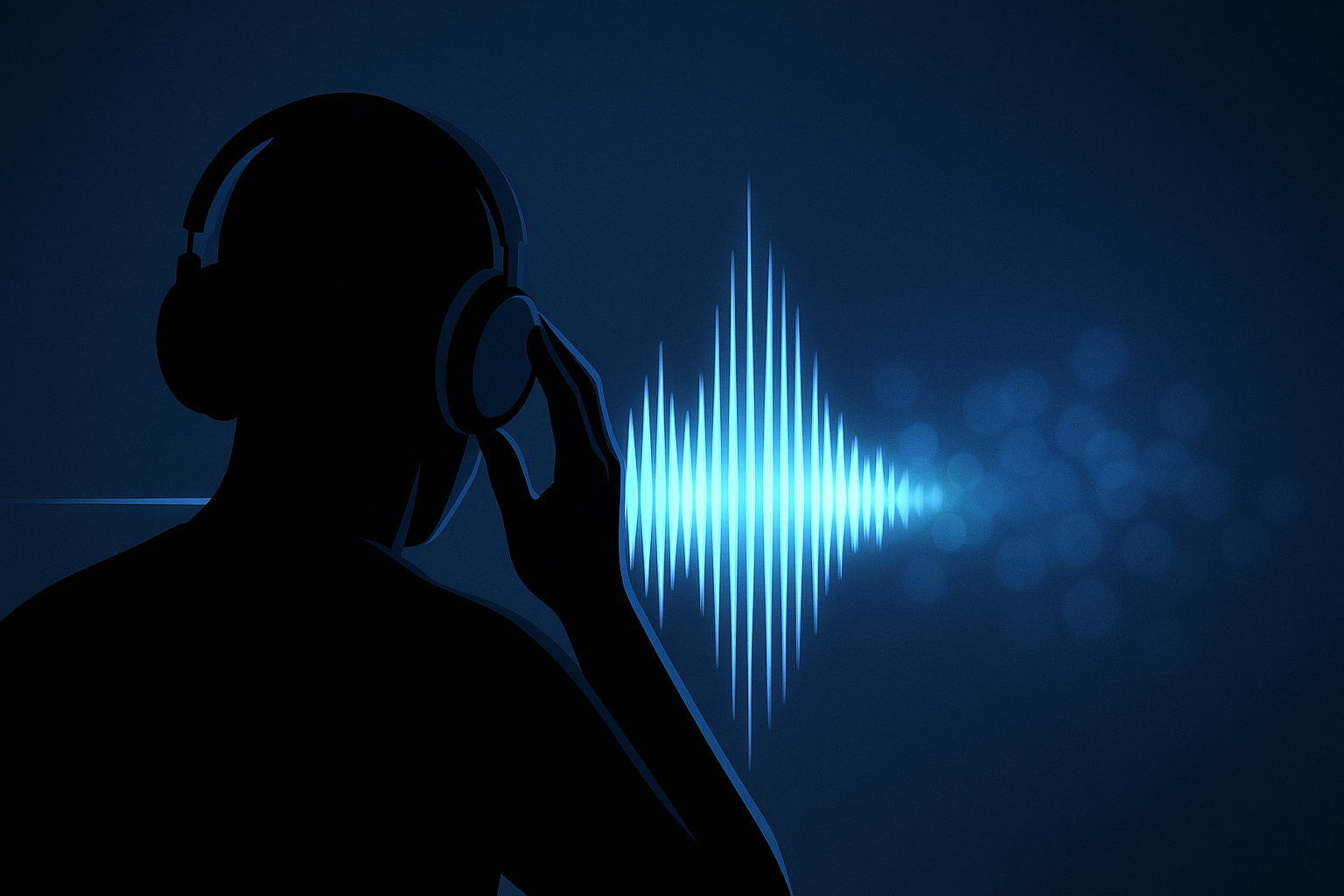You’ve been mixing for hours. Everything sounds perfect — balanced, wide, powerful.
Then you play it the next morning… and suddenly the highs are piercing, the kick’s too boomy, and the mix feels lifeless.
You didn’t lose your touch overnight — your ears did what they always do: adapt.
Welcome to the science of mix fatigue and how to fight it.
1. How Your Brain “Normalizes” Sound
Your ears are incredibly sensitive — but they’re also lazy adapters.
After about 30–60 minutes of continuous listening, the brain starts “normalizing” what it hears. It stops perceiving extremes (too bright, too dull, too loud) and tricks you into thinking the mix is balanced.
In psychoacoustics, this process is called auditory adaptation.
Essentially, your perception of frequencies drifts toward what you’ve been hearing the most.
Here’s what that means in the studio:
- Too much high-end → your brain starts ignoring it.
- Low mids build up → you no longer notice the muddiness.
- Over-compressed mix → feels normal after 20 minutes.
So when you come back the next day, you’re hearing the truth again — and it hurts.
💡 Pro tip: If you catch yourself cranking the volume or adding more top-end “for excitement,” it’s often fatigue, not the mix, that’s dulling your perception.

2. Resetting Your Ears Like a Pro
To stay objective, you need short resets — mental and physical.
Here’s a simple workflow used by seasoned mix engineers:
The 50/10 Rule
- Mix for 50 minutes, take 10 minutes off.
- Step outside your studio. No background music, no phone scroll with audio.
- When you return, play your track at a lower level. Your perception resets.
Reference Track Reality Check
Every hour, play a professionally mixed reference in your genre — at exactly the same volume.
Ask yourself:
- Is my mix darker or brighter?
- Does it feel flatter or more dynamic?
- Is the stereo image narrower?
This instantly recalibrates your ears to reality.
Level Calibration Trick
Mixing too loud is the fastest way to fry your hearing.
- Aim for 75–80 dB SPL (roughly speaking volume where you can talk comfortably).
- Use a phone app or SPL meter for accuracy.
- Louder ≠ better — it only feels better because of how our ears perceive loudness.
💡 Pro tip: If you can hear detail and punch at a low volume, your mix is truly balanced.
3. Monitoring Habits That Keep You Objective
Mix fatigue isn’t just about time — it’s about habits and workflow.
Try these for consistent perspective:
- Alternate between speakers and headphones.
Each reveals different frequency problems and helps reset your perception. - Work quietly.
You’ll make more honest EQ and compression decisions when you’re not being blasted by sound. - Switch between mono and stereo.
Mono helps reveal masking and phase issues that your ears ignore when tired. - Stop trusting your ears when you start doubting everything.
If you keep tweaking the same 2 dB EQ cut for 10 minutes — it’s time to stop.
4. Quick Recovery Checklist
When you feel your ears slipping, pause and:
| Action | Time | Effect |
|---|---|---|
| Step outside / silence | 5–10 min | Resets hearing baseline |
| Listen to a reference track | 2–3 min | Re-centers frequency perception |
| Lower playback level | 1 min | Reduces ear stress instantly |
| Hydrate & stretch | 2 min | Improves focus and oxygen flow |
A little discipline goes further than a new plugin chain ever could.
Final Tip: Trust the Morning Ears
Before finalizing any mix, wait until tomorrow.
Your ears need the reset of silence to tell the truth again.
You’ll often find that the “perfect” EQ from last night was actually pushing 3 dB too much at 5 kHz.
And when you’ve rested — that’s when critical listening tools shine.
Re-Check Your Mix with WA Tools
Once your ears are fresh, re-open your project and evaluate with precision:
- Puncher 2 – regain control of transients and overall dynamics to hear detail clearly.
- MLimiterX – check loudness without overdriving fatigued ears.
- MultiBender – reintroduce subtle motion and space once clarity returns.
After ear breaks, re-check your dynamics with Puncher 2 — you’ll be surprised how different your mix really sounds when your perception resets.







